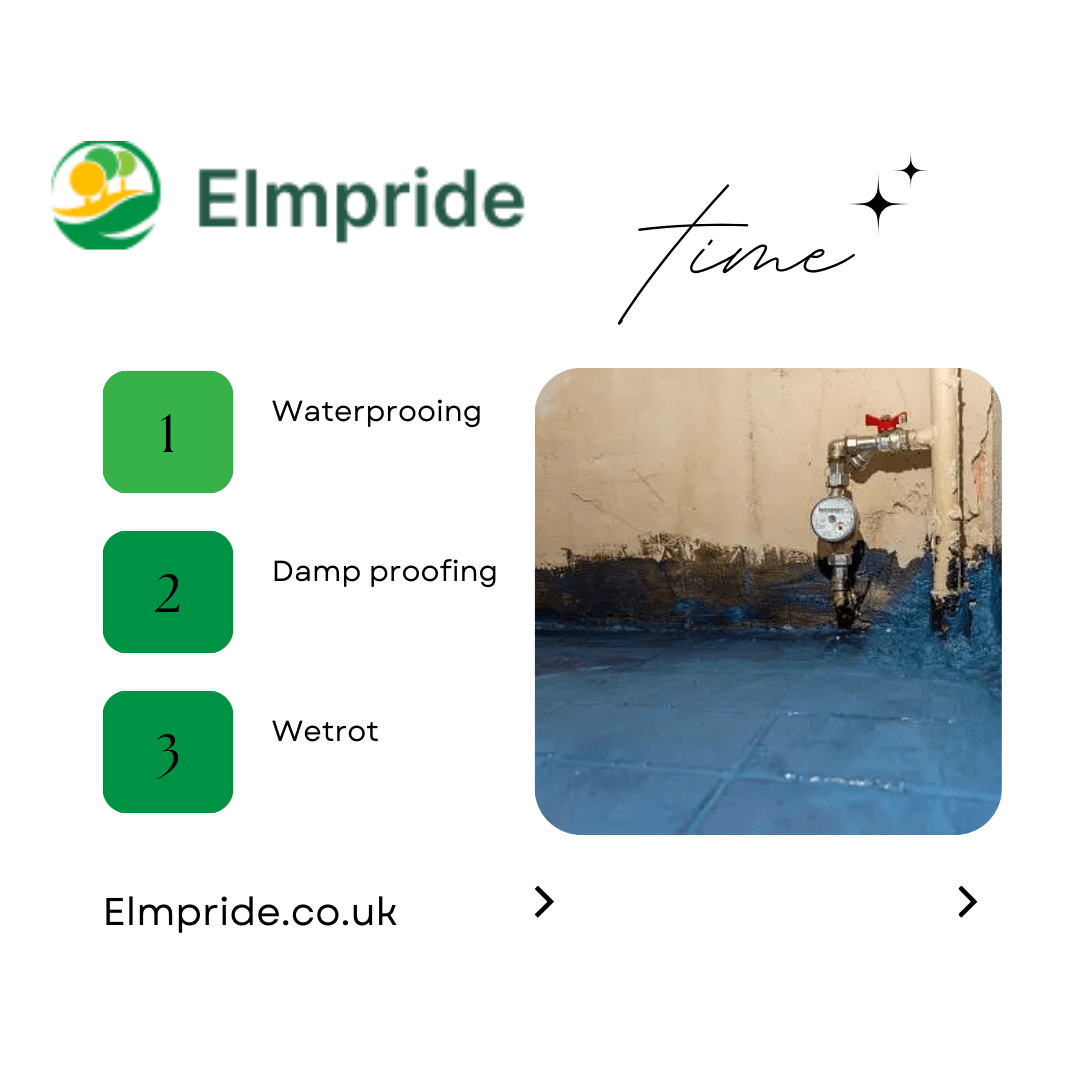Waterproofing technology has undergone significant advancements in recent years, revolutionizing the way we protect buildings, infrastructure, and various products from water damage. From nanotechnology to self-healing materials, the latest innovations offer improved durability, longevity, and effectiveness in keeping water at bay.
Waterproofing Technology
Waterproofing technology refers to the Waterproofing and condensation in home used to prevent water penetration into structures or products. It plays a crucial role in maintaining the integrity and longevity of buildings, bridges, tunnels, and even electronic devices.
Importance of Waterproofing
Effective waterproofing is essential for preventing structural damage caused by moisture, such as mold growth, corrosion, and deterioration of materials. It helps preserve the aesthetics and functionality of surfaces and ensures a safe and healthy environment.
Traditional Waterproofing Methods
3.1 Sealants and Caulks
Sealants and caulks have been commonly used to fill gaps and cracks in surfaces to prevent water infiltration. While effective in some applications, they may degrade over time and require frequent maintenance.
Membranes
Membranes, such as bituminous sheets or rubberized asphalt, create a barrier against water intrusion when applied to surfaces. However, Waterproofing can be labor-intensive, and seams may become vulnerable to leaks.
Grout and Mortar
Grout and mortar are often used in conjunction with tiles or condensation in home to create waterproof barriers. While durable, they may crack under stress or movement, compromising their effectiveness.
Limitations of Traditional Methods
Traditional waterproofing methods have their limitations, including susceptibility to degradation, difficulty in installation, and limited lifespan. As a result, there has been a growing demand for innovative solutions to address these challenges.
Latest Advancements in Waterproofing Technology
Recent advancements in waterproofing technology have condensation in home on enhancing durability, flexibility, and ease of application. These innovations offer improved performance and longevity compared to traditional methods.
Nanotechnology
Nanotechnology involves the manipulation of materials at the nanoscale to achieve desired properties. In waterproofing, nanoparticles are incorporated into coatings or sealants to create a hydrophobic barrier that repels water molecules effectively.
Explanation of Nanotechnology
Nanoparticles have a large surface area-to-volume ratio, allowing them to form a dense protective layer on surfaces. This layer prevents water from Waterproofing while allowing air to pass through, maintaining breathability.
Applications in Waterproofing
Nanotechnology is used in various waterproofing applications, including concrete sealers, fabric treatments, and electronic coatings. It provides superior protection against water damage and enhances the longevity of treated surfaces.
5.2 Self-healing Materials
Self-healing materials have the ability to repair damage autonomously, extending the lifespan of waterproofing systems. When exposed to water, microcapsules or reactive components within the material are activated, forming a seal to prevent leaks.
How Self-healing Works
Self-healing materials contain microorganisms, polymers, or other additives that react to water intrusion by forming new bonds or filling cracks. This self-repair mechanism helps maintain the integrity of waterproofing systems over time.
Benefits in Waterproofing
The use of self-healing materials reduces the need for costly repairs and maintenance, leading to significant cost savings over the lifespan of structures. It also Waterproofing resilience to environmental factors and extends the service life of waterproofing systems.
Hydrophobic Coatings
Hydrophobic coatings repel water on contact, condensation in home it from adhering to surfaces and causing damage. These coatings are applied as thin films and can be used on a variety of substrates, including concrete, metal, and glass.
Hydrophobic coatings contain molecules with low surface energy, causing water to form beads and roll off the surface. This reduces the likelihood of water infiltration and minimizes the risk of staining or corrosion.
Applications and Advantages
Hydrophobic coatings are widely used in condensation in home, automotive, and marine industries to protect surfaces from water damage. They improve visibility in wet conditions, reduce cleaning requirements, and enhance overall durability. Breathable Membranes
Breathable membranes allow moisture vapor to escape from enclosed spaces while preventing liquid water from entering. They are commonly used in Waterproofing envelopes to maintain a comfortable indoor environment and prevent mold growth.
Understanding Breathability
Breathable membranes are typically made from microporous materials that allow air molecules to pass through while blocking liquid water. This helps regulate humidity levels and prevents condensation buildup within structures.
Usage and Benefits
Breathable membranes are installed behind cladding or roofing materials to enhance thermal efficiency and moisture management. They improve indoor air quality, reduce the risk of mold and rot, and prolong the lifespan of building components.
Future Prospects of Waterproofing Technology
The future of waterproofing technology holds Waterproofing in home for further innovations in materials science, sustainability, and digital integration. Waterproofing such as bio-inspired coatings, 3D printing, and smart sensors are poised to revolutionize the industry.
Environmental Impact of Advanced Waterproofing
Advanced waterproofing technologies aim to minimize environmental impact through the use of eco-friendly materials, reduced waste, and energy-efficient production processes. Sustainable practices contribute to conservation efforts and support green building initiatives.
Cost-effectiveness of Advanced Waterproofing Methods
While advanced waterproofing solutions may have higher upfront costs compared to traditional methods, their long-term benefits outweigh the initial investment. Reduced maintenance requirements, extended lifespan, and improved performance result in overall cost savings for property owners.
Case Studies Highlighting Success
Case studies demonstrating the successful condensation in home of advanced waterproofing technologies showcase real-world examples of improved durability, performance, and sustainability. These success stories serve as inspiration for future projects and industry adoption.



